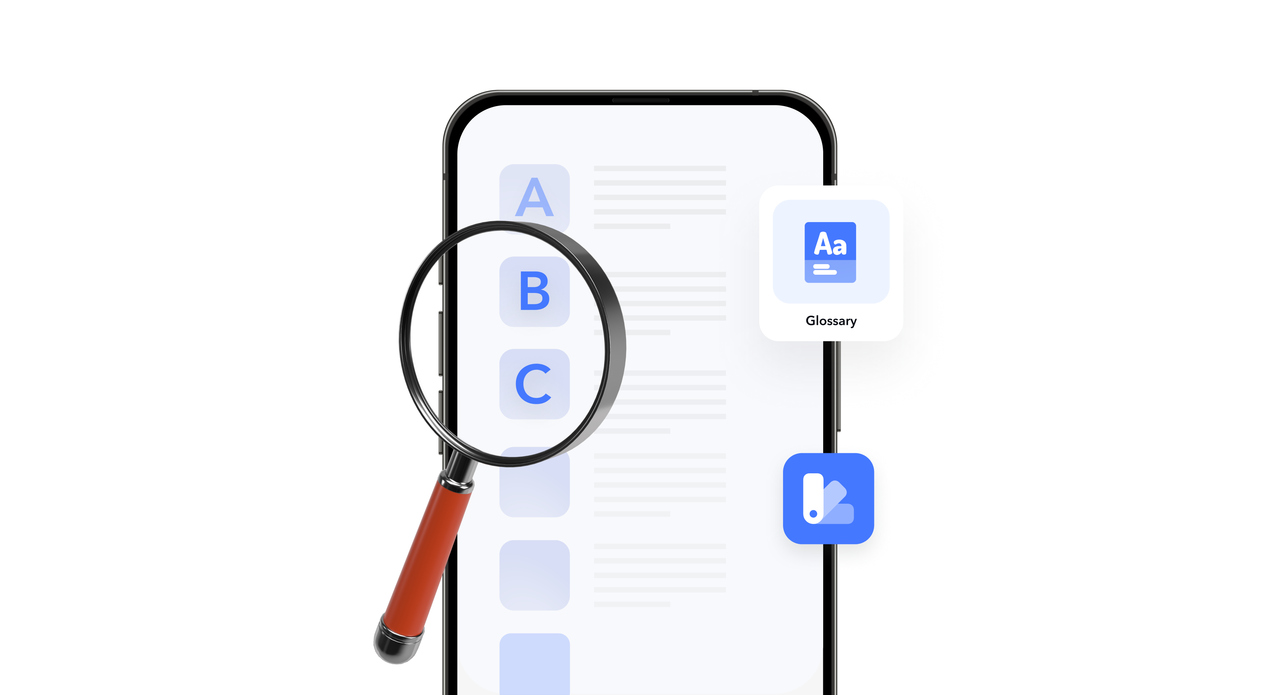Looking to boost your app's visibility and acquire more users? Our 2025 ASO Report is your ultimate guide to navigating the evolving app store landscape. Packed with data-driven insights, keyword trends, and top-ranking app strategies, this report will equip you with the knowledge to optimize your app's presence and achieve organic growth.
Click Through Rate (CTR) is a metric that measures the effectiveness of an advertising campaign or a specific marketing message by calculating the percentage of users who click on a particular link or call-to-action (CTA) out of the total number of users who view the ad or message.
What is Click Through Rate (CTR)?
Click Through Rate (CTR) is a metric that measures the percentage of users who click on a specific link or advertisement after seeing it. It acts as a bridge between impressions (the number of times an ad is displayed) and clicks (the number of times users interact with it). CTR essentially indicates how compelling and relevant your ad or call-to-action (CTA) is to your audience.
For instance, if you’re running a campaign for your mobile app, a high CTR suggests that your ad messaging, visuals, and targeting resonate with your audience, encouraging them to take the desired action. Conversely, a low CTR can signal the need for adjustments in your campaign strategy, such as refining the audience segment, altering ad creatives, or experimenting with different CTAs.
CTR is commonly used in various digital marketing channels, including search engine advertising, display advertising, email marketing, social media marketing, and affiliate marketing. It helps advertisers and marketers gauge the performance and engagement level of their campaigns, as well as the relevancy of their ads or content to the target audience.
What is the Click Through Rate (CTR) Formula?
Calculating CTR is straightforward and involves a simple formula:
CTR (%) = (Number of Clicks / Number of Impressions) × 100
Here’s an example to illustrate:
- If your ad was displayed 10,000 times (impressions) and received 500 clicks, the CTR would be calculated as:CTR = (500 / 10,000) × 100 = 5%
This means 5% of users who saw your ad clicked on it.
It’s important to note that the ideal CTR varies by industry, platform, and campaign type. For example, the average CTR for search ads is generally higher than for display ads, given the different levels of intent and context.
Key components
- Total Clicks on Ad: This refers to the number of times users click on the link or CTA within the ad or message.
- Total Ad Impressions: Ad impressions represent the total number of times the ad or message is displayed or shown to users.
By dividing the total clicks on the ad by the total ad impressions and multiplying by 100, we obtain the CTR percentage.
For example, if an ad receives 500 clicks and has been displayed 10,000 times, the CTR would be calculated as follows:
CTR = (500 / 10,000) * 100 = 5%
A higher CTR indicates that more users are clicking on the ad or CTA, which suggests that the ad or message is compelling, relevant, and engaging to the target audience. A lower CTR may indicate that the ad is not resonating well or failing to attract user attention.
CTR is an important metric because it provides insights into the effectiveness of marketing campaigns and helps advertisers optimize their strategies. A high CTR can lead to increased website traffic, conversions, and ultimately, a higher return on investment (ROI). It also indicates that the ad is delivering value to users and meeting their expectations.
To improve CTR, advertisers and marketers can employ various tactics, such as crafting compelling ad copy, using attention-grabbing visuals, optimizing ad placement, targeting specific audience segments, conducting A/B testing, and continuously refining their messaging to align with user preferences.
It’s important to note that while CTR is a valuable metric, it should not be the sole indicator of campaign success. Other factors such as conversion rate, engagement metrics, and overall campaign goals should also be considered in evaluating the effectiveness and impact of marketing efforts.
In summary, Click Through Rate (CTR) is a metric that measures the percentage of users who click on a specific link or call-to-action out of the total number of users who view an ad or message. It helps advertisers and marketers assess the performance and engagement level of their campaigns. A higher CTR indicates better user response and ad relevance, while a lower CTR may indicate room for improvement. By optimizing campaigns based on CTR and other relevant metrics, marketers can increase website traffic, conversions, and overall campaign effectiveness.
Click Through Rate (CTR) is more than just a number; it’s a critical indicator of your campaign’s ability to capture audience attention and drive engagement. By tracking and optimizing your CTR, you can improve your ad performance, maximize ROI, and better understand your audience. Remember, achieving a strong CTR involves a mix of well-crafted ad creatives, precise targeting, and continuous testing. With the right approach, CTR can become a powerful tool in your marketing arsenal, helping you achieve your goals in the dynamic world of mobile app marketing.
Looking to boost your app's visibility and acquire more users? Our 2025 ASO Report is your ultimate guide to navigating the evolving app store landscape. Packed with data-driven insights, keyword trends, and top-ranking app strategies, this report will equip you with the knowledge to optimize your app's presence and achieve organic growth.






























